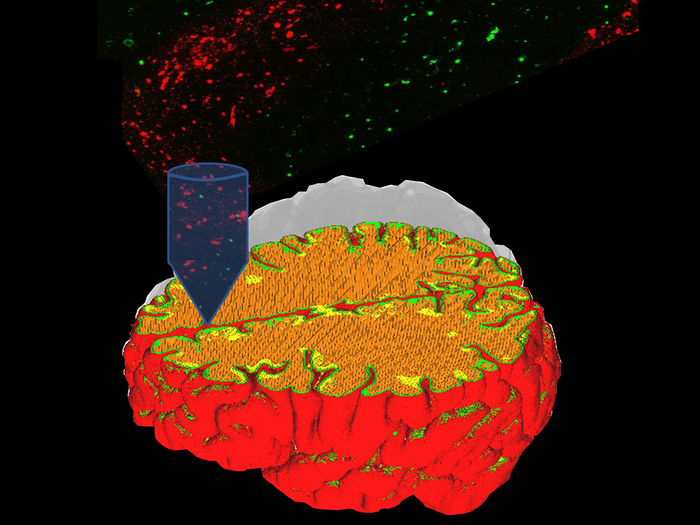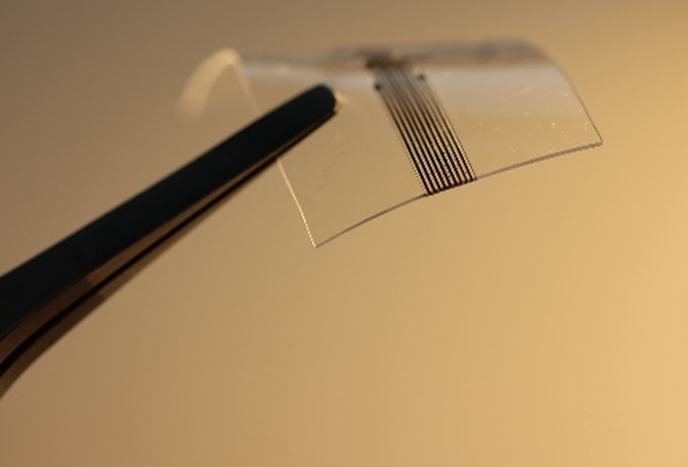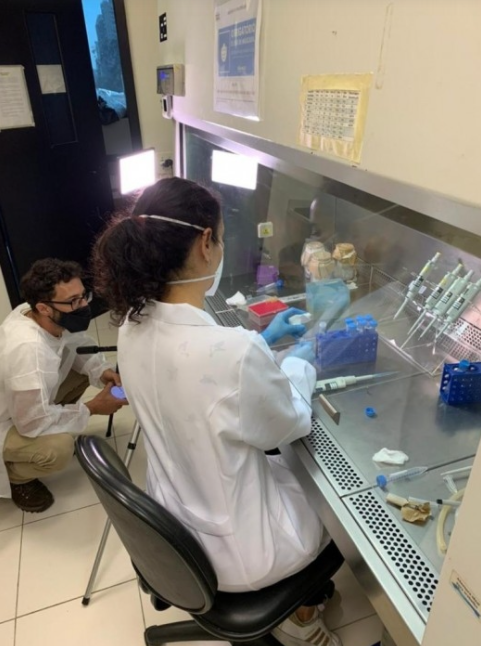Researchers from Politecnico di Milano and Humanitas University are investigating the causes and development of neural diseases like Pitt-Hopkins syndrome (PTHS) using 3D printed neural tissues.
The project has been granted €250,000 by Fondazione Cariplo as part of a call for projects under the banner “Biomedical research conducted by young researchers 2021”, and involves creating an in vitro model of the human cerebral cortex with 3D bioprinted vascularized neural tissues.
“Our final objective is to lay the foundations to understand the various diseases that affect neural development in order to favor the identification of therapeutic strategies,” said Mattia Sponchioni of Politecnico di Milano and project coordinator. “This has been unthinkable to date.”

Investigating the causes of PTHS
PTHS is a rare genetic neurological condition characterized by intellectual disability and developmental delay, breathing problems, recurrent seizures, and distinctive facial features. The disorder is caused by a spontaneous mutation in the TCF4 gene, however much about PTHS is still not fully understood.
The new study, called “Elucidating the molecular mechanisms underlying Pitt-Hopkins syndrome through the generation of 3D printed vascularized cortical organoids,” hopes to investigate the molecular causes of the onset and development of PTHS.
With the funds from Fondazione Cariplo, the researchers are creating a model of the human cerebral cortex with 3D bioprinted vascularized neural tissues in order to collect vital biological data in a longer timeframe than current models allow.
“It is obviously a very ambitious and highly interdisciplinary project, but the engineering know-how, materials science, microfluidics, neurobiology and development biology, which the Politecnico and Humanitas team brings together makes us hopeful concerning the progress we shall contribute to achieve,” said Sponchioni.

3D printing neural tissues
According to the team, the project is of significant medical importance as it is currently impossible to reproduce and study the cerebral cortex of the brain in a laboratory, due to its structural complexity. 3D bioprinting will enable the researchers to reproduce the structural complexity of this area, and enable them to study the neural tissues for longer than is currently possible.
The researchers will 3D print precisely controlled architectures of vascularized neural organoids – tiny, self-organized 3D tissue cultures derived from stem cells – and integrate them with intricate support networks to form a model of the human cerebral cortex.
The two universities will also work together to develop new strategies and materials for 3D bioprinting vascularized tissues and will coordinate the applications of microfluidics to 3D cell cultures.
“Thanks to this powerful synergy we hope to obtain ‘bioprinted organoids’ featuring a primitive vascularization system into which we can implement complex geometries that are increasingly suitable to study organs/tissues in the framework of research on diseases, such as those of the nervous system,” added Monica Tambolo, post-doctoral fellow at Humanitas Neurodevelopment Laboratory.

Studying neural disorders with AM
With recent advances in bioprinting, the technology is gaining increasing attention for the opportunities it offers for the study of neurological conditions and possible treatments.
For instance, the ongoing EU-funded Meso-Brain research project headed up by Aston University is developing 3D nanoprinting techniques to produce a new generation of modeling and testing tools that could revolutionize the treatment of diseases like Parkinson’s and dementia.
Elsewhere, Fluicell, Cellectricon and the Karolinska Institutet have successfully 3D printed neural cells into complex patterns which could be used to model the progress of neurological diseases, while researchers from the Federal University of Sao Paulo have developed a method to 3D print brain cells capable of surviving for two weeks after printing which could be used to better understand the functionality of neural cells in relation to central nervous system diseases.
Meanwhile, neuroscientists from the University of Sheffield, St Petersburg State University, and Technische Universitat Dresden have developed a 3D printed prototype neural implant with potential use as a treatment for nervous system injuries like paralysis, and Renishaw has concluded a clinical study investigating the safety of its neuroinfuse drug delivery device as a treatment for Parkinson’s disease.
Subscribe to the 3D Printing Industry newsletter for the latest news in additive manufacturing. You can also stay connected by following us on Twitter and liking us on Facebook.
Looking for a career in additive manufacturing? Visit 3D Printing Jobs for a selection of roles in the industry.
Subscribe to our YouTube channel for the latest 3D printing video shorts, reviews and webinar replays.
Featured image shows schematic representation of the project objective: to create a 3D model of the cerebral cortex by 3D bioprinting of cells derived from cortical organoids. Image via Politecnico di Milano.


